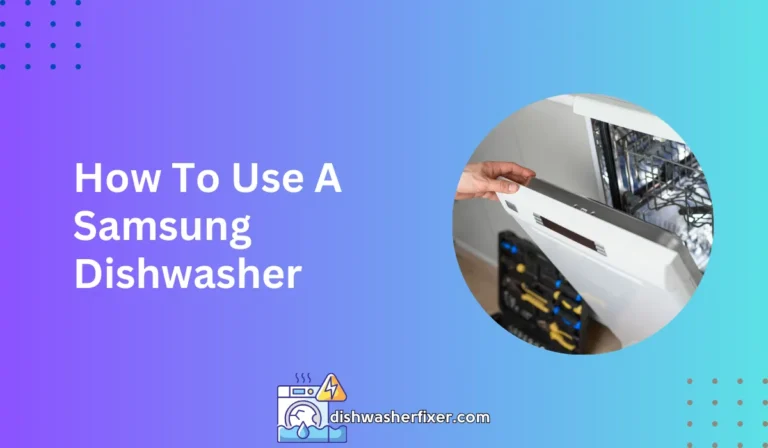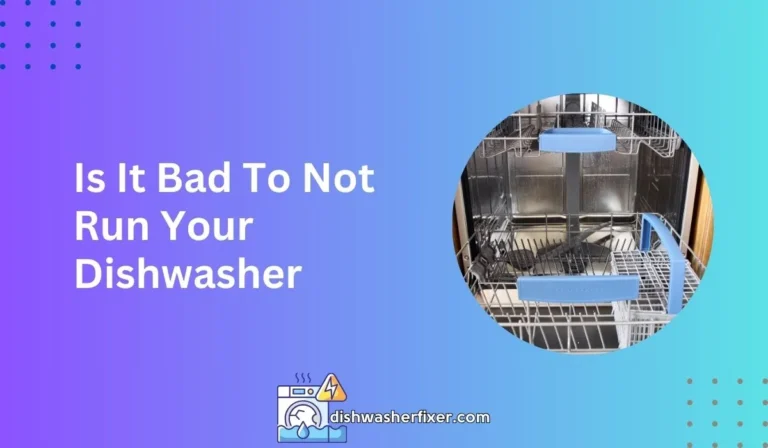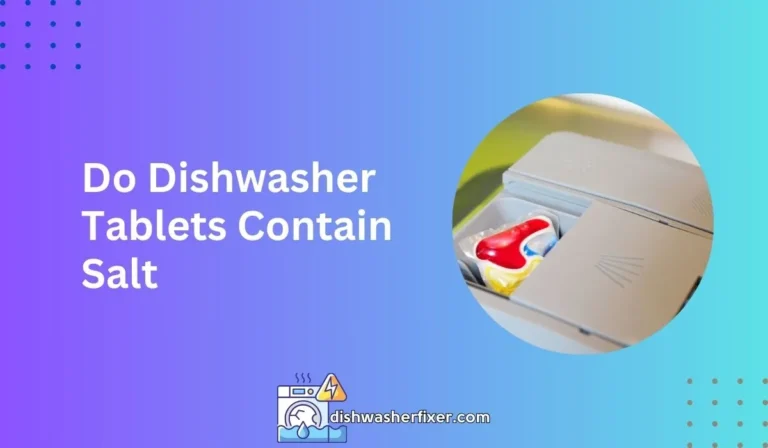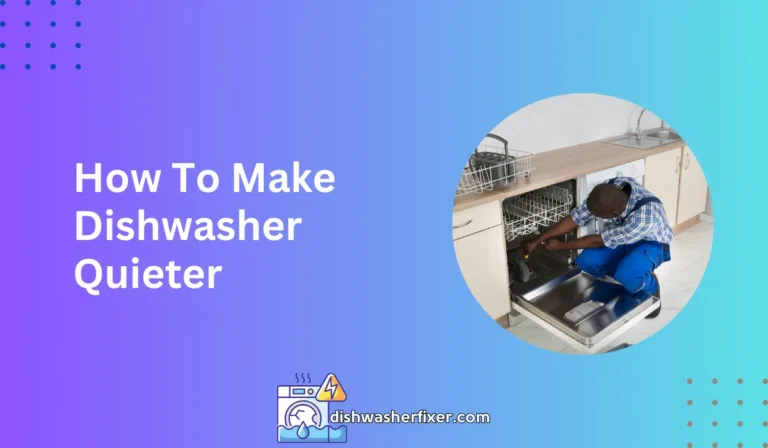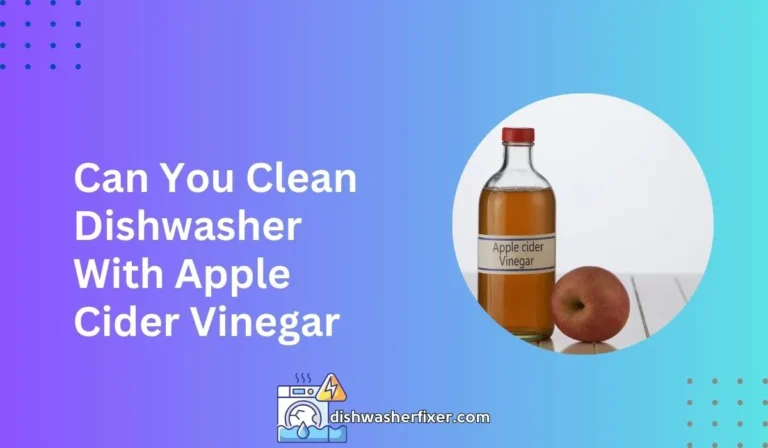How to Disinfect Dishes Without Dishwasher: A Safe & Simple Guide
To disinfect dishes without a dishwasher, wash them with hot, soapy water. Rinse thoroughly, then soak for one minute in a mixture of 1 tablespoon of unscented bleach per gallon of water. Air-dry dishes completely to ensure disinfection.
Understanding the Basics of Disinfection
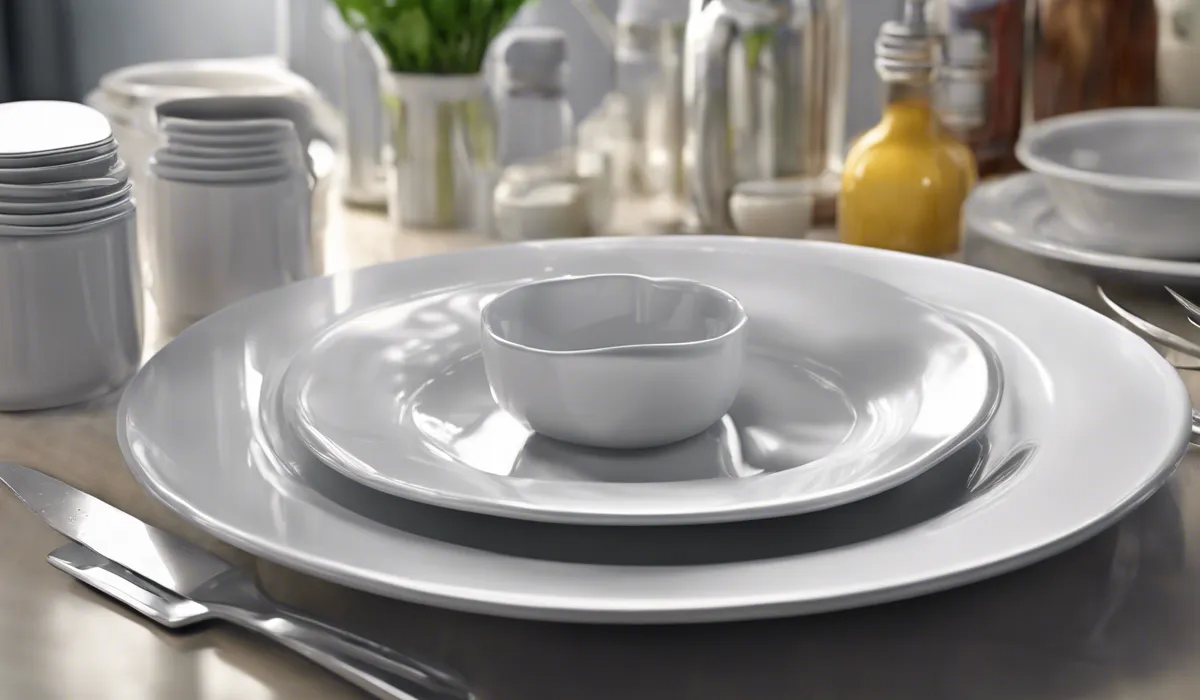
What is Disinfection?
Disinfection is a process that eliminates most, if not all, pathogenic microorganisms, except bacterial spores, on inanimate objects.
In the kitchen, the importance of disinfection lies in ensuring that dishes and utensils do not become vectors for illness-causing bacteria and viruses. This step is crucial, especially after handling raw meat or when someone in the household is ill.
Cleaning vs. Sanitizing vs. Disinfecting
Cleaning refers to the removal of dirt and impurities, including germs, from surfaces.
Sanitizing goes a step further to reduce the number of germs to a safe level as judged by public health standards. Disinfecting is targeted at killing germs with chemicals after the cleaning process.
Common Germs on Dishes
Dishes can harbor a variety of germs including E. coli, Salmonella, and Staphylococcus aureus. These pathogens can cause foodborne illnesses, making it essential to properly disinfect dishes after use.
Non-Dishwasher Disinfection Effectiveness
Various non-dishwasher methods can be highly effective at disinfecting dishes. These include boiling water treatment, chemical disinfectants like bleach solutions, and natural options such as vinegar or baking soda.
Manual Disinfection Techniques
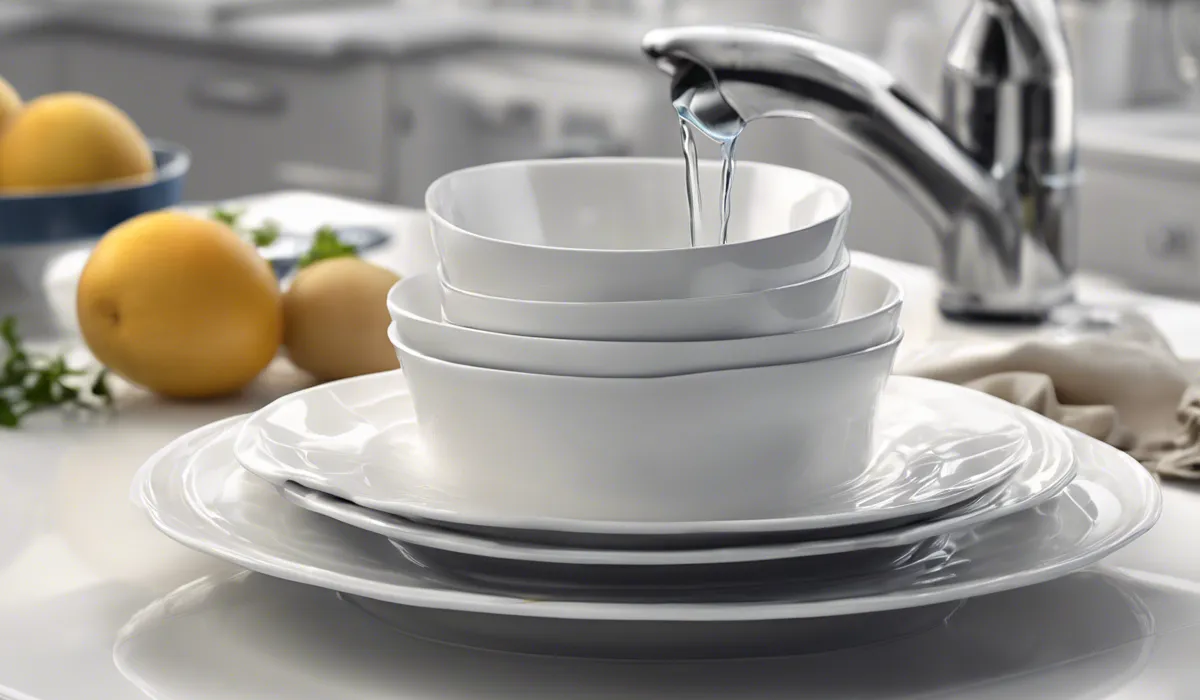
Pre-cleaning Dishes
Before disinfecting, it’s important to pre-clean dishes to remove food particles and residue. This can be done by scrubbing dishes in hot, soapy water and rinsing them well.
Boiling Water Method
Boiling is a simple and effective way to kill germs. Submerge the dishes in boiling water for at least one minute to ensure disinfection.
Chemical Disinfectants
For chemical disinfection, a solution of 1 tablespoon of unscented bleach per gallon of water is recommended. Soak the dishes for at least one minute, then allow them to air-dry completely.
Natural Disinfectants
Vinegar and baking soda can be used as natural disinfection agents. While they may not kill as many germs as bleach, they are safer alternatives for those concerned with chemical use.
Dilution Ratios and Safety
It’s crucial to adhere to proper dilution ratios when using chemical disinfectants to ensure safety and effectiveness. Always follow label instructions and take necessary precautions, such as wearing gloves.
Soaking Times for Disinfection
Different disinfection methods require different soaking times. Chemical solutions typically require a one-minute soak, while boiling might need a longer duration.
Best Practices for Dish Disinfection Without a Dishwasher
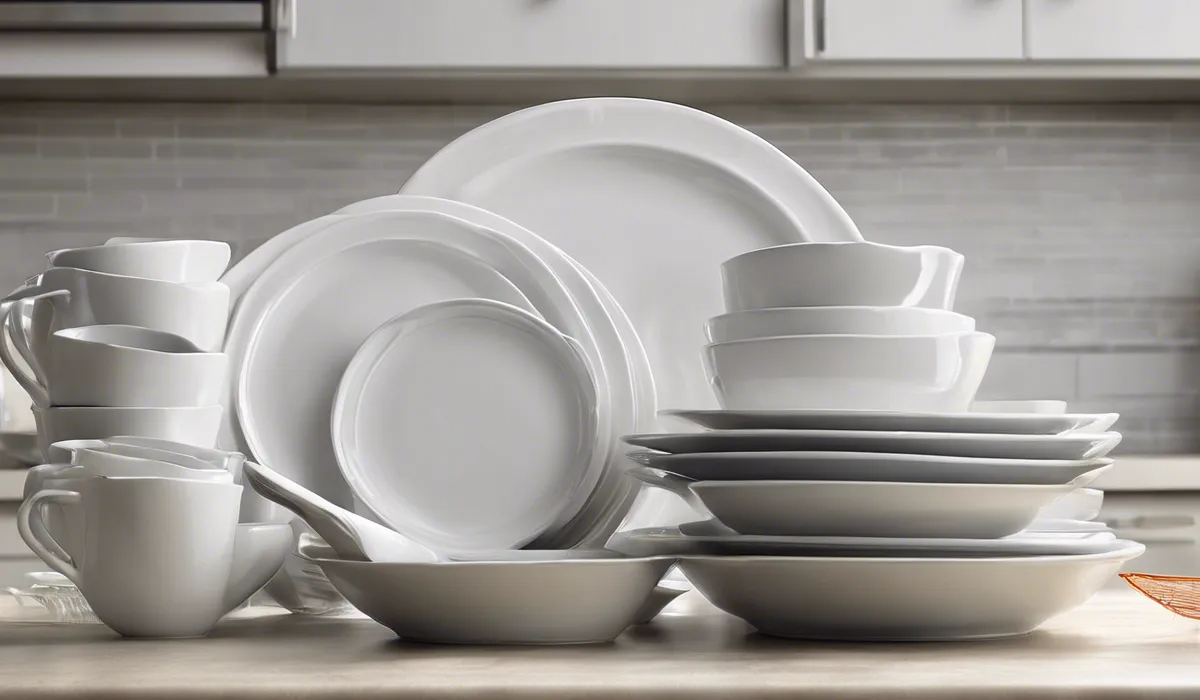
How Often to Disinfect Dishes
Dishes should be disinfected regularly, especially if they have come into contact with raw foods, or if there’s illness in the home.
Preventing Cross-Contamination
To prevent cross-contamination, use separate cutting boards for raw meats and vegetables and disinfect any surface that comes into contact with raw food.
Proper Drying of Dishes
After disinfecting, dishes should be allowed to air-dry completely on a clean, dry rack. This step is crucial to prevent bacterial growth.
Storage Tips Post-Disinfection
Once dishes are dry, store them in a clean, dry place. Stack them neatly to prevent dust and other contaminants from settling on them.
Maintaining a Clean Kitchen
Keeping your kitchen clean is integral to maintaining the cleanliness of your dishes. Regularly disinfecting countertops, sinks, and appliances will help ensure a hygienic environment.
By following these guidelines, you can effectively disinfect your dishes without the need for a dishwasher, keeping your kitchen safe and hygienic. Remember that maintaining a clean environment is just as important as the disinfection process itself. If you ever find yourself preparing for an Alaska cruise, these same principles of hygiene apply to ensure that the items you bring along, such as binoculars for birding, are also clean and free from germs. Similarly, proper maintenance and hygiene extend to other household items, like ensuring a 2500 reel is kept in good condition for your fishing trips, or a ceiling box installation is completed with clean tools to prevent dust and debris. Even when securing a toilet flange during a bathroom renovation, cleanliness can prevent unwanted complications. Cleanliness and disinfection are universal principles that apply to all aspects of home and personal care.
FAQs About Disinfecting Dishes Without a Dishwasher
What is the recommended water temperature for washing dishes to disinfect them?
Wash dishes with hot, soapy water to ensure they are cleaned effectively before disinfection.
How long should dishes be soaked in a bleach solution for disinfection?
Dishes should be soaked for one minute in a bleach solution for proper disinfection.
What is the correct bleach to water ratio for disinfecting dishes?
The correct bleach to water ratio is 1 tablespoon of unscented bleach per gallon of water.
Is rinsing required after washing the dishes with soapy water?
Yes, dishes should be thoroughly rinsed after washing with soapy water and before soaking in the bleach solution.
How should dishes be dried after disinfecting to ensure they are safe to use?
Dishes should be allowed to air-dry completely after soaking in the bleach solution to ensure proper disinfection.
Final Thoughts
Disinfecting dishes without a dishwasher involves a two-step process. First, wash them using hot, soapy water, followed by a thorough rinse.
Next, immerse the dishes for one minute in a sanitizing solution comprised of 1 tablespoon of unscented bleach per gallon of water. Allow the dishes to air-dry completely, as this is a critical step to ensure they are fully disinfected.

